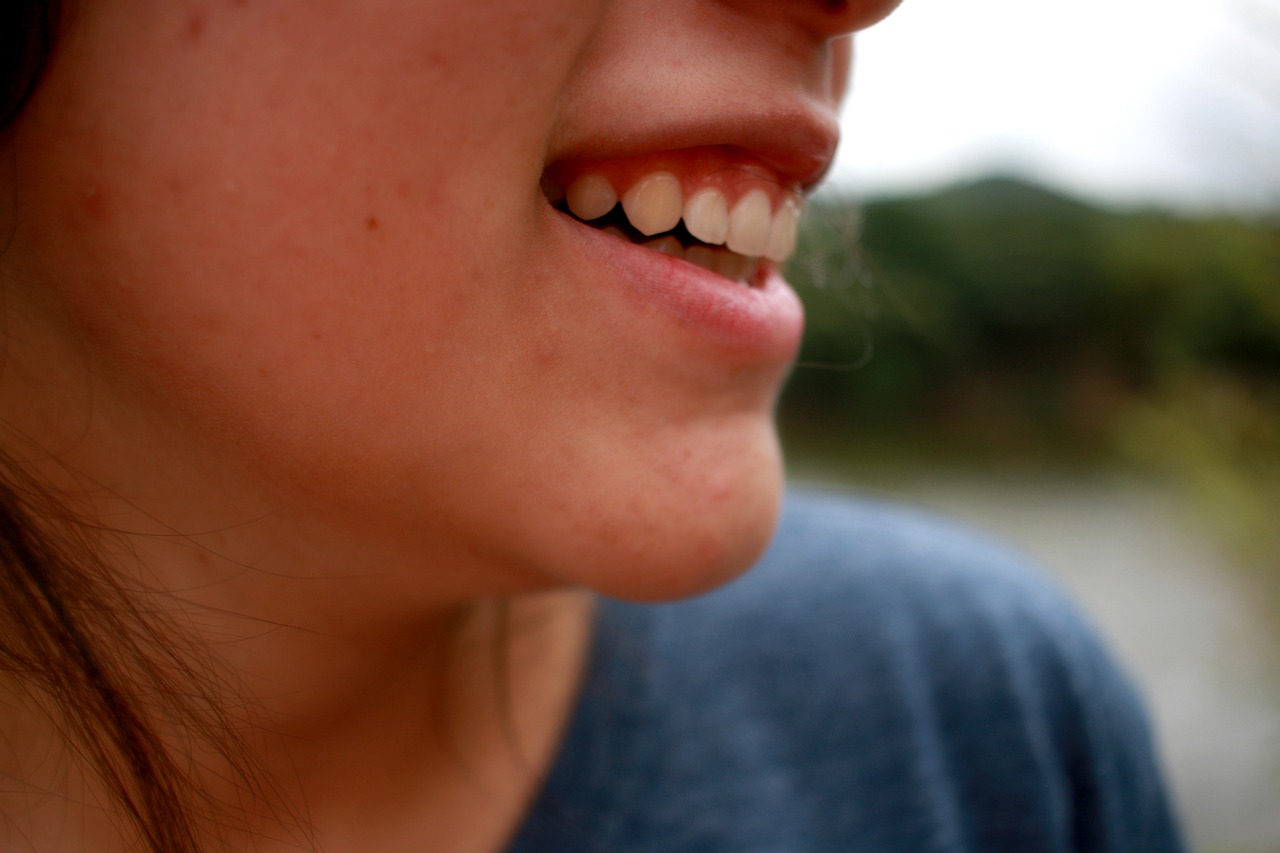Different Acne Treatments, Which One to Choose?
Acne is one of the most common skin conditions, affecting people of all ages. There are many different acne treatments available, and choosing the right one can be difficult.
Acne is a skin condition characterized by whiteheads, blackheads, pimples, cysts and other lesions. It occurs when oil-producing glands in the skin become blocked or inflamed.
This can be mild to severe and can affect any area of the body, but it is most commonly seen on the face, neck, chest, back and shoulders.
In this blog post, we will explore different acne treatments and help you choose the best one for your needs.
Consult A Dermatologist
Visiting a qualified dermatologist should be your first step in treating acne. A dermatologist can diagnose the type of acne you have and provide a tailored treatment plan that is best for your skin.
Common treatments recommended by dermatologists include topical medications such as retinoids, antibiotics and combination therapies, as well chemical peels, laser therapy and photodynamic therapy.
If you are unsure which acne treatment is right for you, it’s always best to consult a dermatologist. They can provide personalized advice and guidance on how to tackle your individual skin issues.
Over The Counter Treatments
Over-the-counter topicals are products that do not require a prescription and can be found in drugstores, supermarkets and online. These are creams, gels and ointments that contain active ingredients such as benzoyl peroxide, salicylic acid and sulfur.
These ingredients work to reduce bacteria on the skin, unclog pores, reduce inflammation and absorb oil. They come in a variety of strengths and can be used as spot treatments or full-face treatments.
It’s important to note that over-the-counter acne treatments may not always work for everyone, so it’s best to consult a dermatologist before using any products.
Home Remedies
There are a few home remedies that may help reduce the symptoms of acne, washing your face twice daily with warm water and gentle cleanser, using tea tree oil or honey as an antibacterial agent, applying aloe vera gel to soothe inflamed skin and eating a healthy diet low in processed foods and sugars.
You should always remember that home remedies are not a substitute for professional acne treatments, and you should always consult with a dermatologist before trying any of these methods.
Skincare Routine
In addition to using medications and home remedies, establishing a healthy skincare routine can help reduce the appearance of acne. This includes cleansing your face every day with a gentle cleanser, using an oil-free moisturizer, avoiding harsh products that could irritate your skin and wearing sunscreen daily.
By maintaining a great skincare routine, your skin will be more balanced and less prone to acne breakouts. Additionally, you should avoid picking or squeezing at your pimples as this can cause further inflammation and infection.
Light Therapy
Light therapy is an acne treatment that involves shining specific wavelengths of light on the skin to reduce inflammation and bacteria. Light therapy can be done in a dermatologist’s office or at home with an at-home device.
You can use blue light for acne that is caused by bacteria and red light for acne associated with inflammation. This therapy works best when used in combination with other treatments such as medication or skincare routine. With light therapy, it is important to use the correct device and follow the guidelines provided by your dermatologist.
Acne can be a difficult condition to treat, but there are a variety of treatments available that can help reduce the symptoms. It’s important to consult a professional to determine the best course of action for your individual needs. With the right treatment plan, you can find relief from acne and achieve healthy, glowing skin.

